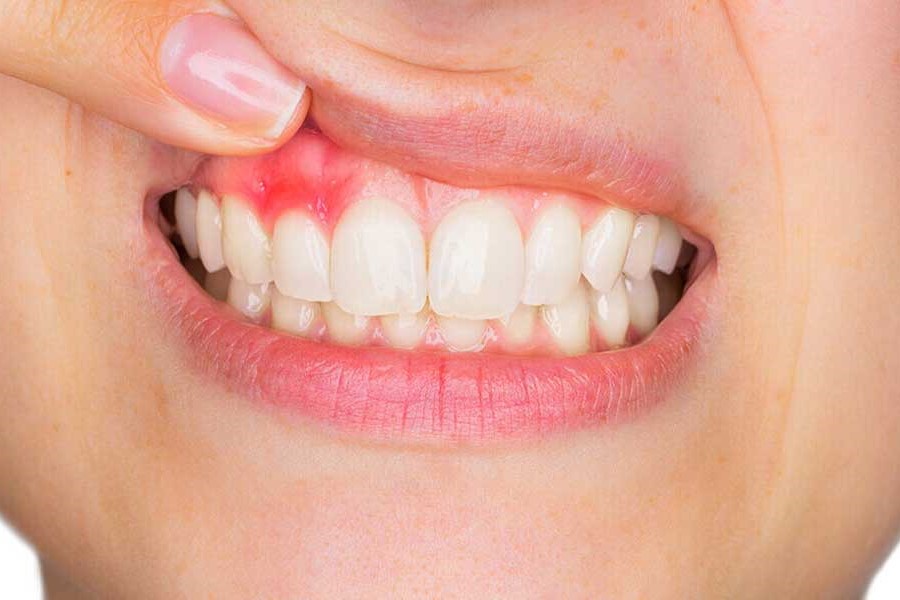
Pyorrhoea: symptoms, causes and treatment
Pyorrhoea (from the Greek pyo – pus – and rea – flow: ‘discharge of pus’) is a chronic inflammation of the periodontium, i.e. everything around the roots of the teeth (gums, alveolar ligaments, alveoli and bone apparatus)
Inflammation causes the gums to detach from the teeth, resulting in the formation of ‘periodontal pockets’, which in turn lead to damage to the alveolar bone with the consequent reduction in its height: the teeth begin to wobble and – if action is not taken urgently and with appropriate methods – lose their chewing function and fall out.
Causes of pyorrhoea
At the origin of pyorrhoea is almost always neglected gingivitis, caused by poorly removed bacterial plaque: plaque tends to deposit along the ‘collar’ of the teeth (the area between the crown and the root, protected and sealed by the gum) and anaerobic bacteria produce toxins that penetrate deep into the gum; from there, safe from the action of the toothbrush, they attack and damage the surrounding tissues.
Genetic predisposition (which in practice involves an immune system unable to attack the bacterial flora) plays an important role, but on its own – without bacterial plaque – it does not cause the disease.
Other factors that predispose to pyorrhoea are diabetes mellitus and cigarette smoking.
Symptoms of pyorrhoea
The premonitory symptoms of pyorrhoea are: gum inflammation, bleeding of the gums during daily tooth cleaning or when chewing particularly hard food, swelling and hypersensitivity of the gums, halitosis, apparent elongation of the teeth (caused by retraction of the gums and bone resorption).
Treatment of pyorrhoea
The treatment of pyorrhoea begins with prevention against bacterial plaque, carried out by proper oral hygiene. In cases of advanced pyorrhoea (chronic periodontitis) one must consult a periodontist, a dentist whose area of expertise is precisely the treatment of pyorrhoea or rather all periodontal diseases.
The specialist will perform a periodontal survey to diagnose the degree of bleeding and retraction of the gums and the extent of periodontal pockets (and consequently the loss of tooth support); if necessary, the patient will undergo a series of X-rays to assess the architecture of the residual bone and tests on plaque samples to detect the type of bacteria involved.
The actual treatment is aimed at removing all the agents that cause the disease: the roots of the teeth are smoothed (in order to remove necrotized tissue and granulation tissue and allow new epithelial attachment to the root); about three months after smoothing, it is essential to reassess the picture and, if necessary, correct – with minor surgery – any unresolved situations.
Pyorrhoea is curable, even in its more advanced forms, in almost 100% of cases, as long as action is taken before it becomes ‘expulsive’ and causes the teeth to fall out.
Read Also:
Emergency Live Even More…Live: Download The New Free App Of Your Newspaper For IOS And Android
What Is Gingival Granuloma And How To Treat It
Bacteremia: Causes, Diagnosis, Extension To Sepsis
Grinding Your Teeth While You Sleep: Symptoms And Remedies For Bruxism
Onychophagia: My Child Bites His Nails, What To Do?


